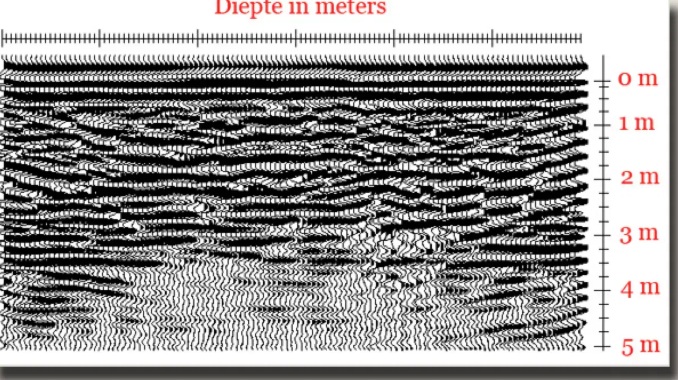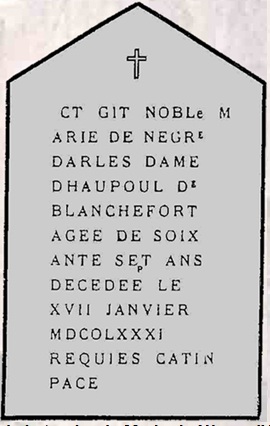The Crypt Under The Church of Rennes-le-Château
Paul Smith
17 April 2025
Further to the translation cited above from a Dutch website – that is only a collection of fragments that believers in the “mystery” have kept repeating over and over again – with the sole intention of whetting people’s appetites for treasures, mysteries, secrets and bloodlines. The article does not consist of anything new but a rehash of the same old material we have been reading about for a number of years. The WayBack Machine on Archive.org tells me that the article dates back to 2016.
Some info about the Church Crypt in Rennes-le-Château, from my Diary dated 20 June 1993:
“Found out that an expedition team from the Vatican came to Rennes a few months ago, and ‘went away mouths shut’. Were allowed to inspect places others over the years were forbidden to.”
The recent desire by Paul Saussez to have the church at Rennes-le-Château officially excavated went unfulfilled – probably because of the risk of its subsidence. When Jacques Cholet excavated the church 1959-1960s he only found the usual things that any amateur archaeologists would find in a church crypt and nothing more (Cholet was not a professional archaeologist).
A Church Crypt does not require the presence of a saint in a Roman Catholic Church. Crypts are typically found beneath the floor of churches, often containing tombs, sarcophagi, or relics. While relics of saints are often stored in crypts, they can also house the remains of other deceased individuals.
Indeed, there was a discovery of a tomb in 1891. A worker hit his shovel on the gravestone of Marie de Negri d’Ables beneath the undergrowth while starting to dig the foundations for Abbé Saunière’s Office, that was situated directly opposite the cemetery. This was the reason why the tombstone was split in half! Permission for this was initially granted by the Municipal Council on 15 February 1891.
It is only mere guesswork and artistic interpretation that Abbé Saunière himself excavated the church and “discovered the Dalle de Chevaliers”. Can anyone prove otherwise?
The existence of the Baluster that stored a vial with a parchment is a very obscure statement, since no-one can prove it originally contained anything. Or indeed that it was the very same baluster that was mentioned in 1705.
The ground-scan of the church did not mean much to Bill Putnam, a former principal lecturer in archaeology!

We contacted Sir Richard Heygate in December 2015 for comment regarding his desired ground scans of the church at Rennes-le-Château, and received the reply that his investigations were on hold due to business interests.
Will Paul Saussez ever convince DRAC that there is any big reason to excavate the church at Rennes-le-Château? The historical evidence of Abbé Saunière strongly suggests otherwise.
On 27 July, 1887 Abbé Saunière was donated a new Main Altar for his church by a rich widow, Mme Marie Cavailhé – fulfilling a vow she made during a serious illness when living in Rennes-le-Château. Abbé Saunière followed this up with the purchase of stained-glass windows for his church totalling 1,350 Francs; whereby payment was made in four instalments – from 30 September 1887, 12 April 1897, 26 April 1899 and 7 January 1900. Therefore it can be said with some certainty that Abbé Saunière lived a frugal life during this period.
This is hardly the situation of a priest who discovered a vast treasure-secret-mystery or a secret bloodline – thus “justifying” an official excavation of the church in Rennes-le-Château.
-----------
The discovery of a stone in the Tour Magdala in Rennes-le-Château on 20 August 2003. Shown on The History Channel documentary Investigating History: The Holy Grail on 19 April 2004.

The Discovery of a Tomb



